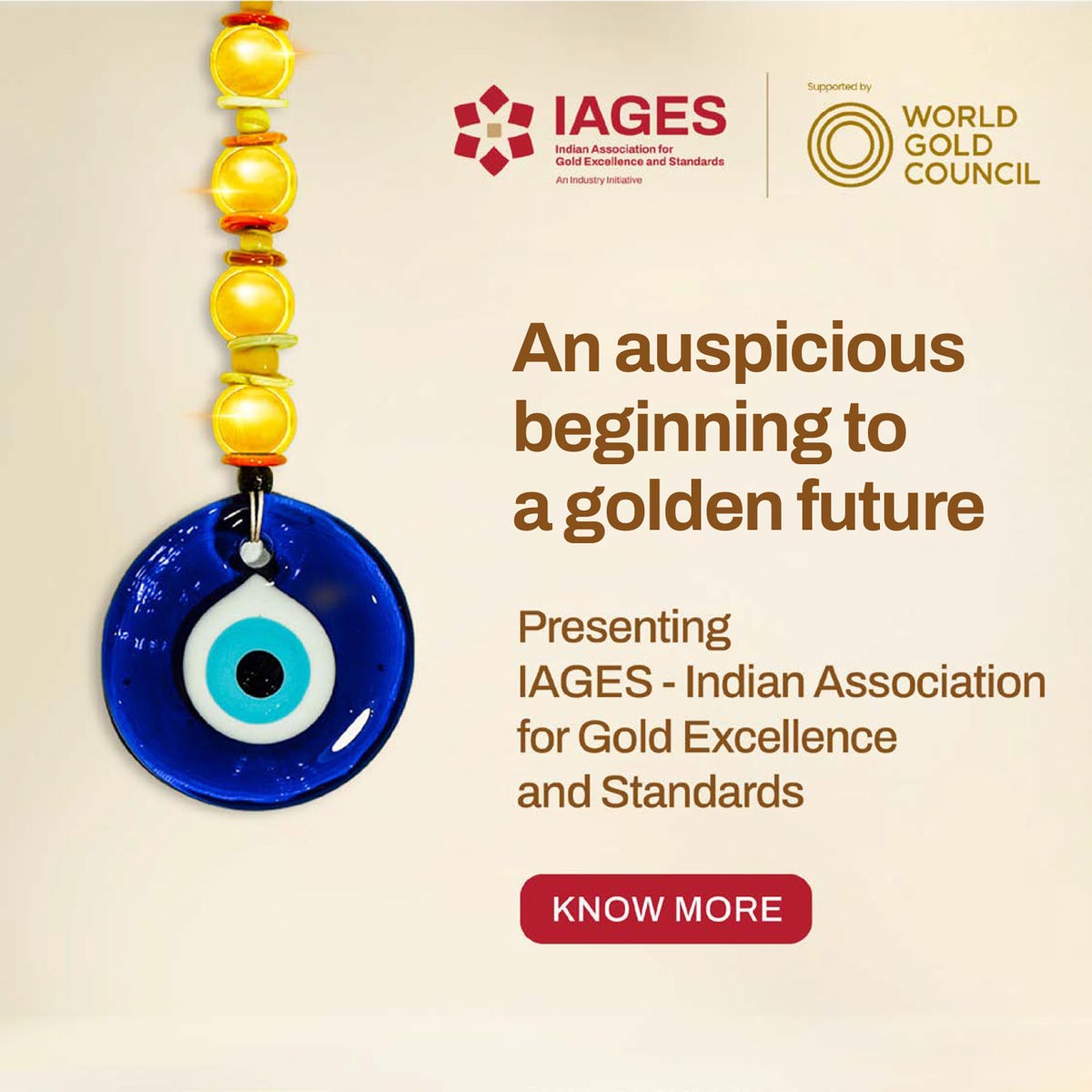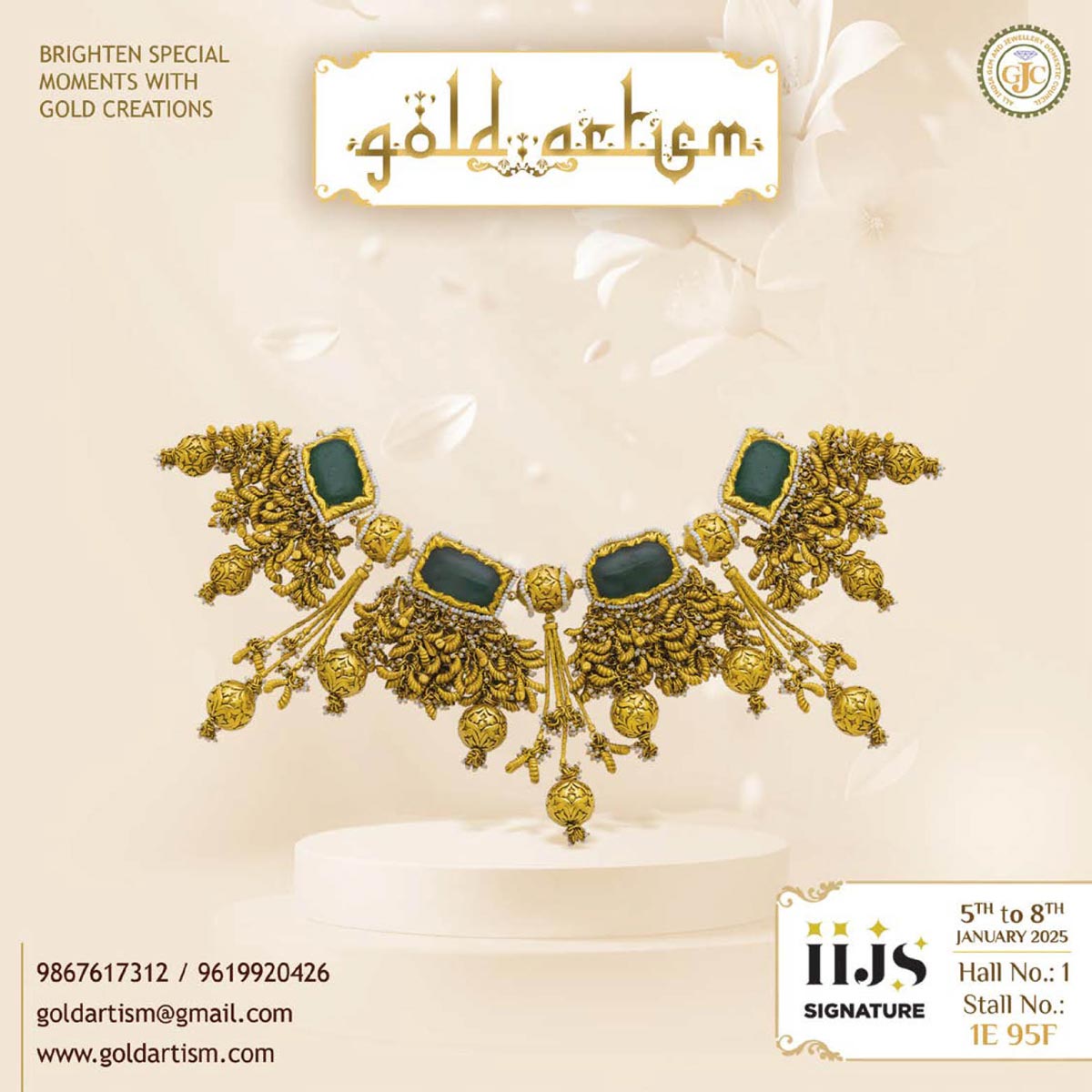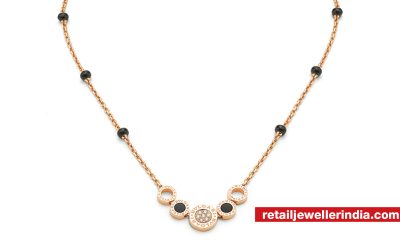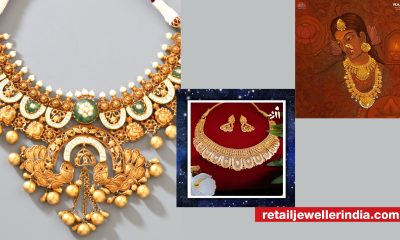Daily News
Investing in gold now is wallet-friendly and accessible

Quantum Mutual Fund has changed the face value of Quantum Gold Fund ETF, enhancing accessibility and convenience for its investors. Learn how Gold ETFs compare to other forms of investments investing in gold from Chirag Mehta, Sr. Fund Manager, Alternative Investments and whether it makes sense to invest in gold.
Why has the face value of Quantum Gold ETF changed?
Formerly, each unit of Quantum Gold Fund ETF was backed by ½ gram of physical gold and at the time of its launch, it was one of the lowest denominations in the Gold ETF category. Over time, with the rising gold prices, the per unit investment in QGF was on the higher end. In our continuous quest to make investing easy, convenient & more accessible, Quantum has reduced the face value of Quantum Gold Fund (ETF) from Rs 100 to Rs 2, effective December 17, 2021. Accordingly, each unit now approximately represents 1/100th of 1 gram of gold, making it accessible yet again for investors. Now investors can invest in Quantum Gold Fund ETF with smaller denominations.
How does Gold ETF compare to other forms of investing in gold?
Newer forms of investing, such as gold ETF or gold mutual funds, are now dominating the investing space. Gold ETFs are exchange-traded funds that passively track the domestic physical gold price and give you exposure to gold without having to purchase, store and resell the physical metal. Gold ETFs trade on the cash segment of BSE & NSE, like any other company stock. They offer investors a means of participating in the gold market at low denominations. Gold ETF and Gold Mutual Funds might be more efficient and innovative forms of investing in gold than physical gold. Firstly, it does away with pricing markups due to making charges associated with physical gold. You do not have to go through the hassle of finding adequate storage and pay locker charges. The fund takes care of all these things. Gold ETFs track the domestic price of Gold and is backed by physical gold. More importantly, these are regulated instruments, which is an important point to consider when taking any exposure to any gold instrument.
Could you elaborate on how Gold ETFs are more price-efficient?
Gold ETFs transfer the benefit of wholesale purchase prices to retail investors. Unlike physical gold, there are no premiums or making charges when one invests in Gold ETFs. Moreover, when you buy and sell physical gold or digital gold, you lose out on GST. Because, when you buy, you pay GST and when you sell, you don’t get that GST offset benefit. So, there is a differential of 3% between buy and sell prices when you invest in physical gold or digital gold. On the other hand, gold mutual funds being GST registered entities get the benefit of GST offset, which they pass on to their investors, improving returns.
For illustrative purposes, let’s assume gold prices are at Rs 45,000 per 10-gram. If you were to add making charges at 10% and GST and also the maintenance charges in terms of locker charges, this would invariably increase the cost of buying gold.
On the other hand, if you were to invest in a Gold ETF, you would have to pay up to a maximum of 1% p.a of the daily net assets of the scheme.
Does it make sense to invest in gold since the prices have reduced from historic highs?
Though gold prices have corrected from their historic highs, we believe that its long-term potential still holds good. Gold has played a strategic role in an investor’s portfolio, especially during times of macro-economic uncertainty. This becomes more relevant amidst new variants of the current pandemic and concerns surrounding global inflationary pressures that have triggered sharp swings in the equity markets.
What are the factors that will determine the price of gold?
The fundamentals that propelled gold prices last year still hold valid that include:
• Rising deficits and debt
• Low interest rates
• Currency debasement due to excess liquidity
Gold prices in 2022 will be influenced by how inflation shapes up and central banks’ reaction to it.
How does gold act as an inflation hedge?
Broadly, gold prices have historically kept pace with inflation and have stood as a long term store of value. As per the World Gold Council, for each 1% increase in inflation from 1990 to 2020, Indian gold demand increased by 2.6%, thus having the potential to generate risk-adjusted long term returns in line with the rate of inflation.
How does gold form a part of your portfolio?
Gold is one of the best diversification tools available today. Time and again, we have seen that many times when equity markets have fallen, Gold has generally done well. Gold acts as an efficient portfolio diversifier. Gold as an asset class generally has an inverse correlation with equity markets. When there is stress in the equity markets, this benefits gold. This is what we saw during the pandemic-induced market crash early in 2020. Investors who diversified their investments in a combination of assets (Equity+ Gold) saw a lesser downside than investors who were solely invested in stocks, equity ETFs, or equity mutual funds. In the current scenario, as markets face sharp swings, it may be time to revisit one’s allocation and consider allocating up to 20% to gold, enabling investors to bring diversification and reduce downside risks in a portfolio. Investors can use our tried and tested 12-20-80 Asset Allocation Strategy to diversify their portfolio and offer them the benefit of minimized downside risks.
After setting aside money equivalent to around 12 months of expenses in an emergency corpus using a Liquid scheme such as Quantum Liquid Fund, you can then consider investing 20% of your portfolio to avail the potential of risk-reducing and portfolio diversifying asset of Gold with Quantum Gold Fund ETF.
You can also invest using a monthly SIP (Systematic Investment Plan) of Rs 500 without having the need to open a DEMAT account with the Quantum Gold Savings Fund. The balance of 80% can be allocated to a diversified equity bucket.
What is your view on silver ETFs?
In the asset allocation, apart from the 12-20-80, there could be close to 5% allocation, which you could call play money that can be allocated to tactical assets like silver. Silver was formerly used like money similar to gold. But now much of the metal’s demand is for industrial uses like electronics, solar panels, etc., so it’s more of an industrial commodity than a precious metal. If you look at central banks across the world, they hold gold and not silver in their forex reserves, which also tells you something. Industrial commodities tend to do well when the overall economy does well. Thus, silver is positively correlated to the economy and thereby will give you similar exposure as equities. So, in a way, it does not fall within the diversification bucket like gold. And while silver could help during inflationary times like gold, it tends to be more volatile.
Courtesy: Economic Times



-

 Daily News2 months ago
Daily News2 months agoBvlgari adds designs to its pathbreaking mangalsutra collection ahead of wedding season
-

 Daily News2 months ago
Daily News2 months agoTrent, a TATA subsidiary, launches lab-grown diamond brand ‘Pome,’ shares surge 7.67%
-

 Daily News2 weeks ago
Daily News2 weeks agoMalabar Gold & Diamonds launches ‘Heritage Show’ in Mangalore, featuring jewellery inspired by Maharanis
-

 Daily News4 weeks ago
Daily News4 weeks agoSavji Dholakia’s visionary water conservation project ‘Bharatmata Sarovar’ reinforces commitment to sustainability















